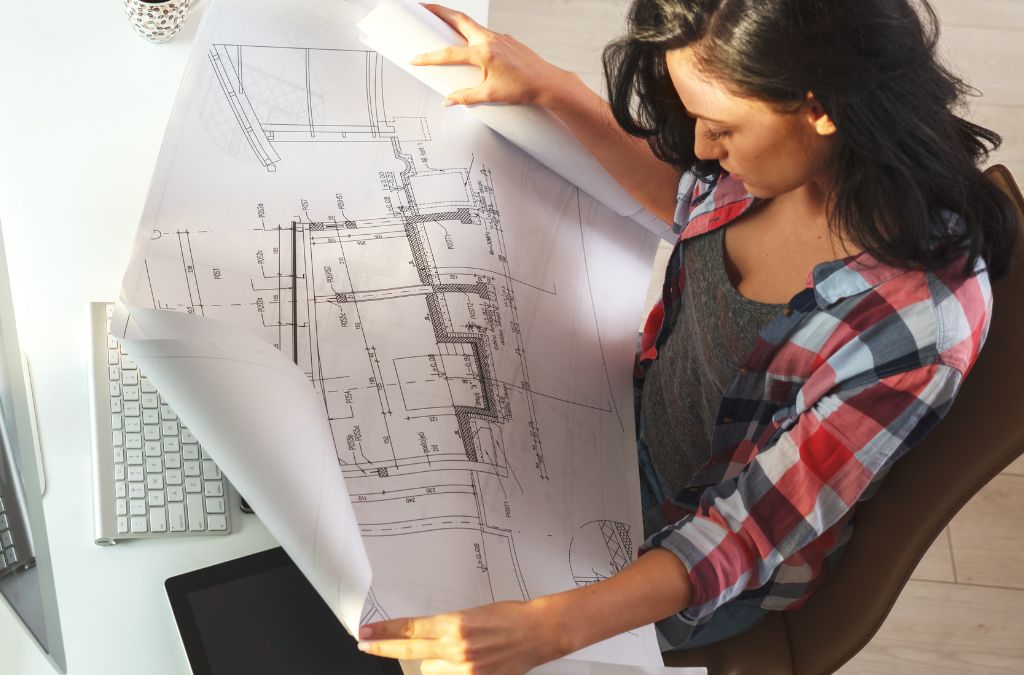Role of the Architect

-
Table of Contents
The Role of the Architect: Shaping Spaces and Lives
Architects play a pivotal role in shaping the built environment, influencing not only the physical spaces we inhabit but also the quality of our lives. Their work extends beyond mere construction; it encompasses the creation of functional, aesthetic, and sustainable spaces that cater to the needs of individuals and communities. This article explores the multifaceted role of architects, highlighting their impact on society through various examples and case studies.
The Architect’s Responsibilities
Architects are responsible for a wide range of tasks that go beyond designing buildings. Their responsibilities include:
- Conceptualizing and developing design ideas
- Creating detailed architectural plans and blueprints
- Ensuring compliance with building codes and regulations
- Collaborating with engineers, contractors, and other stakeholders
- Overseeing construction projects to ensure design integrity
These tasks require a blend of creativity, technical knowledge, and project management skills, making the role of an architect both challenging and rewarding.
Impact on Urban Development
Architects significantly influence urban development by designing structures that shape the character and functionality of cities. For instance, the work of renowned architect Zaha Hadid has transformed urban landscapes with her innovative and futuristic designs. Her projects, such as the Guangzhou Opera House in China and the Heydar Aliyev Center in Azerbaijan, have become iconic landmarks that attract tourists and boost local economies.
Urban development projects often aim to create sustainable and livable cities. Architects contribute to this goal by incorporating green building practices, such as using energy-efficient materials and designing for natural light and ventilation. The Bullitt Center in Seattle, designed by the Miller Hull Partnership, is a prime example of a sustainable building that generates its own energy through solar panels and collects rainwater for reuse.
Enhancing Community Well-being
Architects have the power to enhance community well-being by designing spaces that promote social interaction, physical activity, and mental health. Public parks, community centers, and recreational facilities are some of the spaces that architects design to foster a sense of community and improve quality of life.
The High Line in New York City is a notable example of how architectural design can transform an urban area. Originally an elevated railway track, the High Line was repurposed into a public park that offers green space, walking paths, and art installations. This project has revitalized the surrounding neighborhoods, attracting visitors and encouraging community engagement.
Case Study: The Role of Architects in Disaster Recovery
Architects also play a critical role in disaster recovery, helping communities rebuild and recover after natural disasters. The Make It Right Foundation, founded by actor Brad Pitt, enlisted architects to design affordable and sustainable homes for residents of New Orleans’ Lower Ninth Ward after Hurricane Katrina. These homes are not only resilient to future disasters but also incorporate eco-friendly features such as solar panels and rainwater harvesting systems.
This case study highlights the importance of architects in creating resilient communities that can withstand and recover from adverse events. Their expertise in designing safe and sustainable structures is invaluable in disaster-prone areas.
Architectural Innovations and Technology
Advancements in technology have revolutionized the field of architecture, enabling architects to push the boundaries of design and construction. Building Information Modeling (BIM) is one such innovation that allows architects to create detailed 3D models of buildings, facilitating better collaboration and project management.
3D printing is another technological advancement that has the potential to transform architecture. Architects can now create intricate and customized building components with precision and efficiency. The 3D-printed office building in Dubai, designed by Killa Design, is a testament to the possibilities of this technology. This building was constructed in just 17 days, demonstrating the speed and cost-effectiveness of 3D printing in construction.
The Future of Architecture
The future of architecture is likely to be shaped by emerging trends and challenges. Sustainable design will continue to be a priority as the world grapples with climate change and resource depletion. Architects will need to innovate and adopt new materials and construction methods to create buildings that are environmentally friendly and energy-efficient.
Another trend is the integration of smart technology into buildings. Smart buildings use sensors and automation systems to optimize energy use, enhance security, and improve occupant comfort. The Edge in Amsterdam, designed by PLP Architecture, is an example of a smart building that uses advanced technology to create a highly efficient and user-friendly workspace.
As cities become more densely populated, architects will also need to focus on designing compact and multifunctional spaces that maximize the use of available land. Vertical gardens, rooftop farms, and mixed-use developments are some of the solutions that architects are exploring to address urban density challenges.
Conclusion
Architects play a vital role in shaping the spaces we live, work, and play in. Their work impacts urban development, community well-being, disaster recovery, and the adoption of new technologies. By designing functional, aesthetic, and sustainable spaces, architects contribute to the overall quality of life and the resilience of communities. As the field of architecture continues to evolve, architects will remain at the forefront of creating innovative solutions to meet the needs of a changing world.
- ** Picking the Right CBD Oil for Your Pet Cat: Tips and Recommendations **.
- MK-677: A Detailed Evaluation of Customer Experiences
- Birch Gold vs Competitors: Just How Do Their Reviews Contrast?
- Mushroom Coffee: The Secret Component for a Much Healthier Mixture
- Revitalizing Your Regular with Superfoods: A Check Out The Very Best Mushroom Coffees
